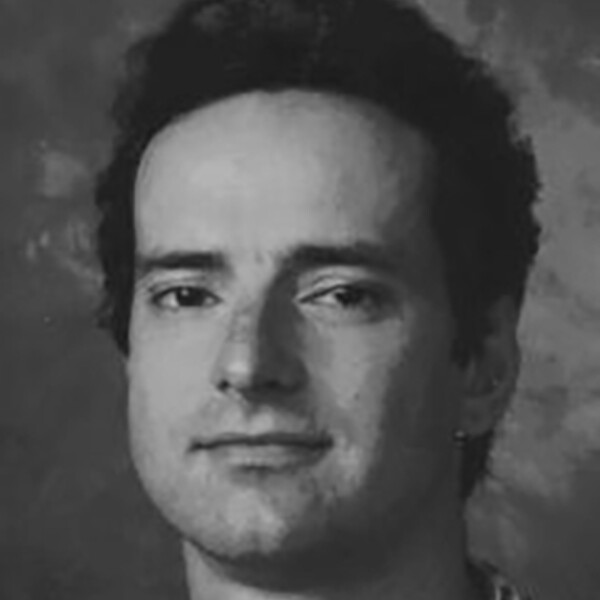Professor
Lothar Lilge
PhD, University of Münster

Location
Princess Margaret Cancer Research Tower
Address
101 College Street, Room 15-310, Toronto, Ontario Canada M5G 1L7
Research Interests
Biomedical Imaging, Cancer Diagnosis and Therapy, Image-Guided Therapy and Device Development, Neuroscience
Research Synopsis
Applications of Light and Lasers inMedical Pre-clinical and Clinical Research
Dr. Lilge's research is focused on enabling/improving: 1) the use of light for clinical diagnostic and/or therapeutic applications, and 2) the use of light as a microscopic tool for biomedical research.
- Examples for optical medical diagnostic are the use of transillumination spectroscopy combined with numerical variance reduction methods to identify women at high risk for developing breast cancer in the next decade. This work is based on the theory of tissue field transformation prior to the development of dysplasia and carcinoma in situ. To establish optical transillumination as a cancer risk assessment tool cross sectional, and longitudinal clinical studies are under way or planned using an established epidemiological marker as standard. In the case of breast cancer this is parenchymal density pattern as observed in standard mammography. Transillumination spectra show high sensitivity and specificity (both > 0.97) to classify women as having high or low parenchymal density pattern. In current studies planned we also look at longitudinal studies in pregnant women, or in comparing the optical signature in mother-daughter pairs. Other potential application for this technology may include risk determination for various neurological deficiencies.
An example of ongoing work using photonics in clinical optical therapeutics, are our efforts to increase the efficacy of Photodynamic therapy (PDT). One of the research directions is to enabling treatment monitoring using fibre optical probes. In PDT as cancer treatment modality, light activated drugs produce extremely short lived cytotoxic substances, and their local concentration is governed by three parameters, molecular oxygen, light radiance and drug concentration. By controlling the local light radiance online, the production of cytotoxic substances can be adjusted, based on the available oxygen and photosensitizer. This allows to further maximise the tumoricidal effect, while sparing normal healthy tissue. The project includes the development of interstitial sensors based on optical fibre technology and quantification of the biological in vivo response in different tissue. The long term goals of this research are aimed to enable a selective apoptotic or necrotic response in the tumour.We have several opportunities to deploy this technology in the near future also clinically through collaborations with neurosurgeons in Toronto, Cleveland and Denver.
- The biochemical pathways activated in various cell lines are investigated in a separate project using confocal laser scanning microscopy and fluorescent antibodies towards identified proteins in the apoptotic pathways. Of special interest is the so called bystander effect which suggests that cells react as an ensemble PDT. Optical micro manipulating tools for biomedical research comprises the combination of tools such as optical tweezers, optical scissors, chromophore assisted laser inactivation and capillary elecrophoresis, to sort manipulate and detect cells and/or biological macromolecules including proteins, DNA and m-RNA. Integrated optical solutions for cell culture and biopsy analysis as an alternative to flow cytometry, ELISA reader or electrophorsis are sought. Collaborators in this effort are at the Universities of Waterloo, York, Queens and the engineering faculty of Toronto
Recent Publications
Lilge L, Olivo MC, Schatz SW, MaGuire JA, Wilson BC (1996) Interstitial photodynamic therapy of normal brain and intracranially implanted VX2 tumour. Br J Cancer. 73:332-343
Lilge L, Portnoy M, Wilson BC. (2000) Apoptosis induced in vivo by photodynamic therapy in normal brain and intracranial tumour tissue. Br. J Cancer. 83:1110-1117
- Aniol J, Keck R, Selman S, Lilge L, Jankun J (2003) Spatial distribution of SnET2 photosensitizer in canine prostate: an implication for computer simulation of photodynamic therapy. Journal of Molecular Medicine 11: 287-291
- Jankun J, Lilge L, Douplik A, Keck RW, Pestka M, Sykudlarek M, Stevens PJ, Lee RJ, Selman SH (2003) Optical characteristics of the Canine Protstate in 665 nm sensitized with SNET2: Needs for real-time monitoring of the photodynamic therapy. Medical Physics submitted
- Simick MK, Jong R, Wilson BC, Lilge L. (2003) Non Ionizing Near Infrared Radiation Transillumination Spectroscopy for Breast Tissue Density and Breast Cancer Assessement JBO in print
- Blyschak K, Simick M, Jong R, Lilge L (2003) Classification of breast tissue density by Optical Transillumination Spectroscopy: optical and physiological effects governing predictive values. Medical Physics submitted
Graduate Students
Tina Saeidi
